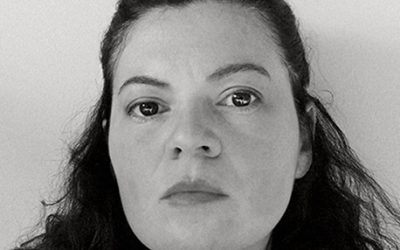Modernist women interior designers and artists
Ana Tostões
The Modern Movement, often celebrated for its commitment to a better life for all, has historically been dominated by narratives centered on male architects, designers, and artists. However, many women played fundamental roles in shaping the aesthetics, philosophy, and material culture of Modernism. Their work not only reflected the social and political transformations of the time but also proposed new ways of life and expanded the boundaries of creation.
This presentation aims to showcase the recent publication Modernist Women Interior Designers and Artists, which I edited together with Zara Ferreira. Published by Docomomo Portugal and the Docomomo International Specialist Committee on Interior Design (ISC/ID), Modernist Women Interior Designers and Artists highlights the multifaceted creativity of women. Covering eight countries across four continents, the work offers an in-depth look at the contributions of 15 creators: Carmo Valente (Portugal), Florence Knoll (USA), Lise Le Charlotte Klint (Denmark), Nanda Vigo (Italy), Safia Farhat (Tunisia), Mansill Pai (South Korea), Lina Bo Bardi (Italy/Brazil), Charlotte Perriand (France), Claire Henrotin (Belgium), Bedia Çolak (Turkey), Bediz Koz (Turkey), Gözen Küçükerman (Turkey), Nilgün Çarkacı (Turkey), Maria do Carmo Matos (Portugal), and Carlota Quintanilha (Portugal/Mozambique). The women discussed include architects, urban planners, artists, educators, workers’ collectives, and even anonymous residents who transformed male-designed architectural projects. The perspectives are as diverse as the women themselves, reflecting their multifaceted roles in fields ranging from furniture design and textiles to architecture and politics. This collection is carefully organized to guide readers through these diverse contributions, beginning with individual national case studies and progressing towards broader thematic explorations that illuminate the interconnectedness of gender, creativity, and modernism across different cultural contexts. Readers will discover the work of women who have often been relegated to the margins of history. They delve into the intersections of gender, modernism, and artistic expression, uncovering how female creativity was influenced by – and in turn influenced – socio-political dynamics. A contemporary note is added through an article on the rehabilitation works carried out by the architect Teresa Nunes da Ponte in Portugal, with particular emphasis on the renovation of the Main Auditorium at the Calouste Gulbenkian Foundation.
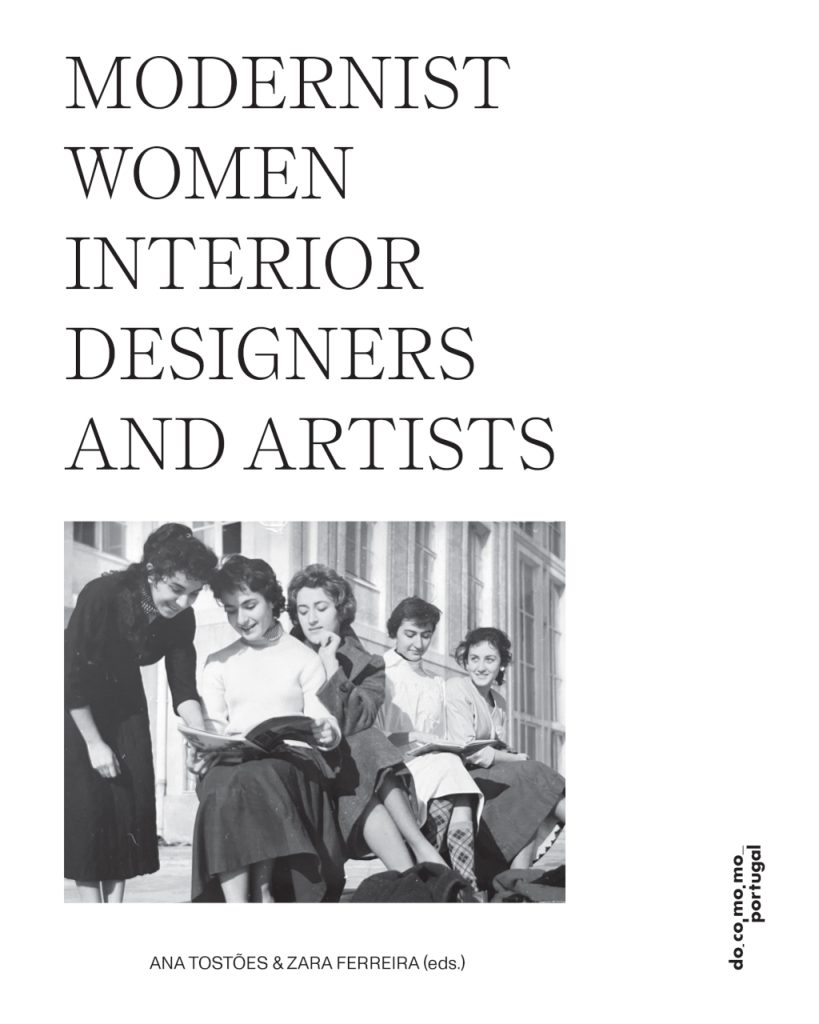
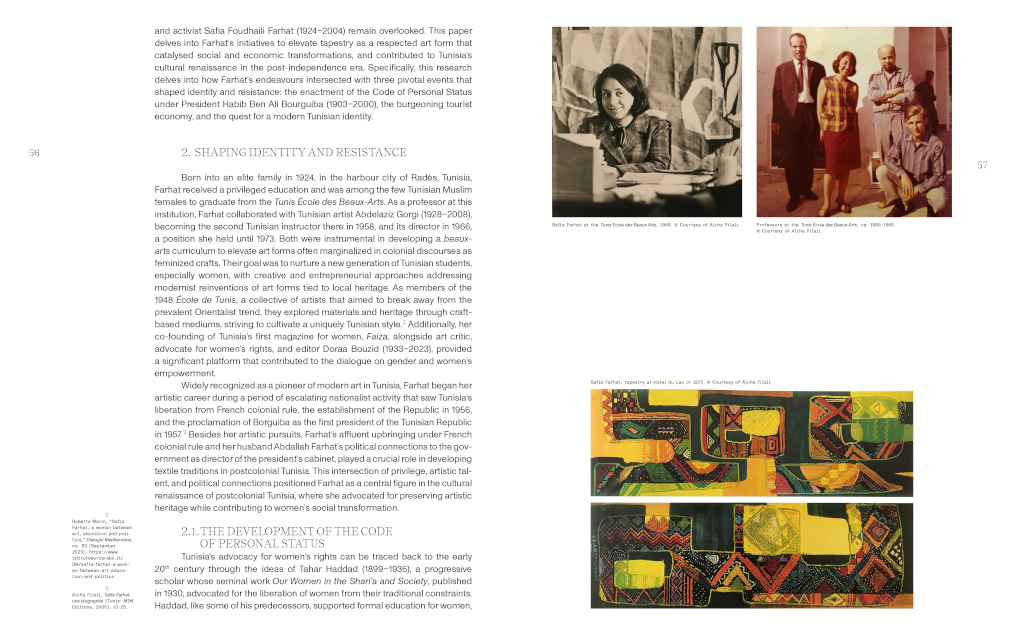
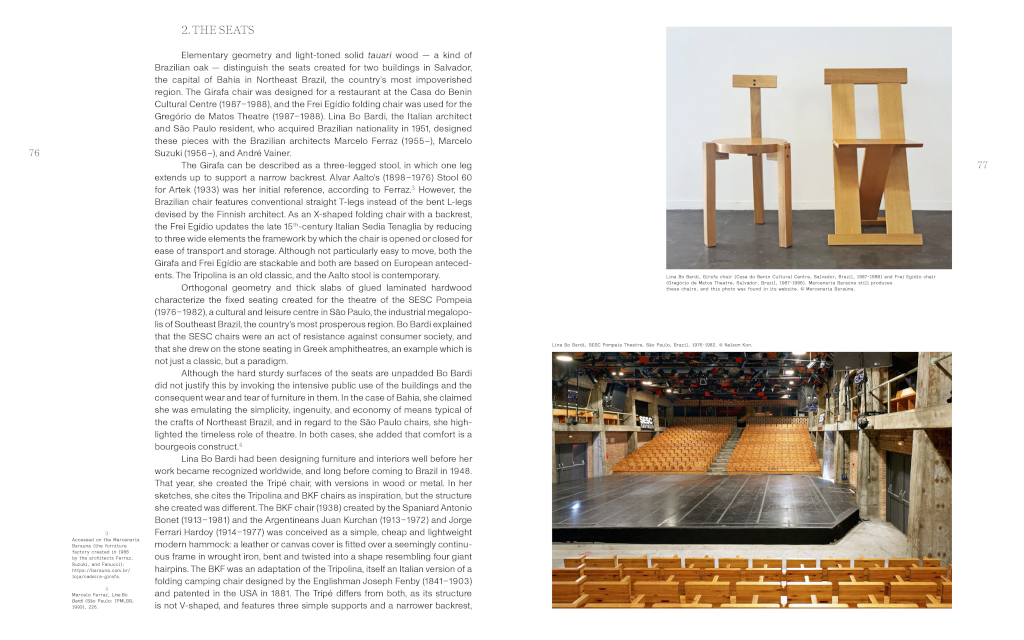
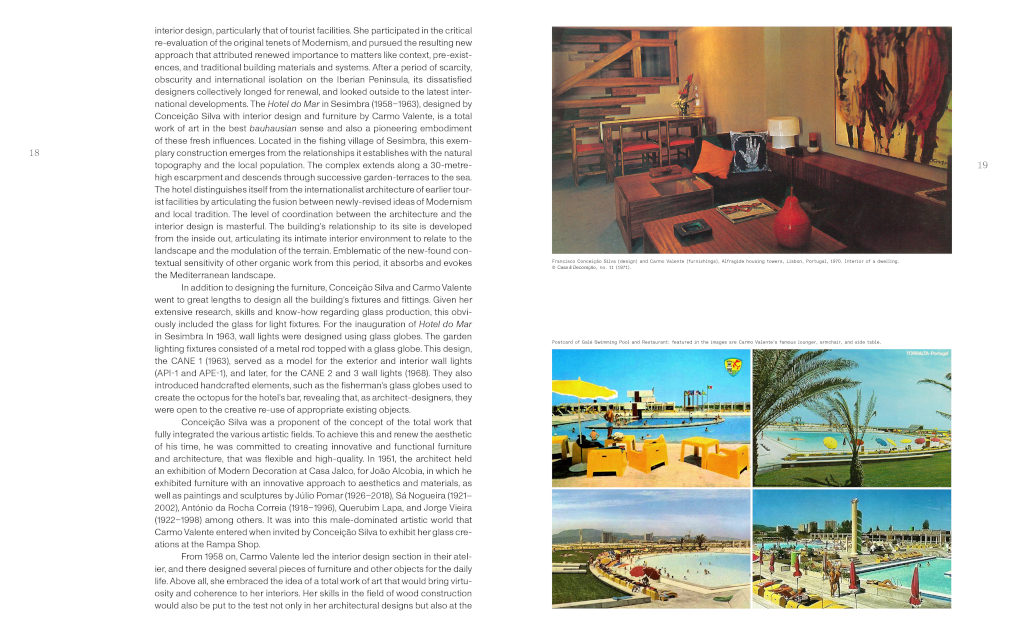
Modernist Women Interior Designers and Artists is a celebration of the invaluable contributions of women to the creation of a better world, attesting to their influence and calling for the recognition of the full spectrum of voices that enriched modernity’s cultural landscape. It aims to shed light on the multifaceted and diverse creativity of women within the Modern Movement. It is a deliberate effort to broaden the understanding of modernist creativity, highlighting the diverse roles women played in shaping interior spaces and contributing to the cultural landscape of the 20th century. From the pioneering architects and designers to influential artists, these women challenged conventions and introduced new ways of thinking about space, form, and function.
By bringing together diverse perspectives and research, this work challenges the traditional narratives that have long dominated the discourse and celebrates the invaluable contributions of women to modernist interior architecture, design, and art. As we turn our attention to these often-overlooked figures, we invite readers to reimagine the history of modernism through a more comprehensive and equitable lens. In doing so, we not only honor the legacy of these pioneering women but also expand the discourse on creativity, innovation, and the many ways in which women have shaped – and continue to shape – the world around us.








